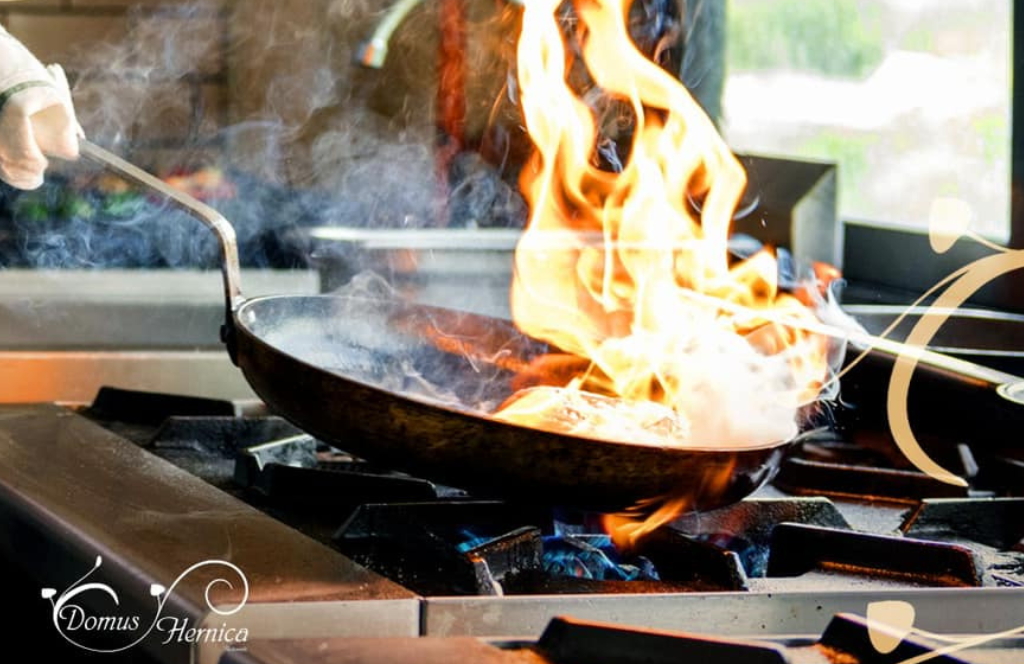


Gastronomic tourism is a rapidly growing phenomenon, transforming the way people travel and explore the world. In Italy, this trend has gained significant traction, becoming an authentic and rewarding way to discover new places. Let’s delve into the evolution of this sector and the emerging perspectives of the gastronomic tourist.
In the past, only a few connoisseurs traveled to explore local food and wine, driven by curiosity to discover excellent territories and businesses. However, today, according to the World Tourism Organization (UNWTO), gastronomic tourism is one of the most dynamic segments, with 55% of Italians opting for this travel experience in 2021, compared to 45% in 2019 and 21% in 2016.
Italy stands out as the ideal destination for gastronomic tourism, boasting a market value of five billion euros. The country is home to 176 EU-recognized designations of origin, 4,396 traditional specialties, and 477 DOC wines. The travel restrictions of 2020 led Italian tourists to rediscover local areas as travel destinations (as we discussed in this article), sparking a desire to deepen their knowledge of regional flavors and culinary heritage.
Among the most sought-after destinations for gastronomic tourism are Sicily, followed by Emilia-Romagna, Campania, Puglia, Tuscany, and Lazio.
Gastronomy is much more than just a culinary experience; it is a cultural bridge that connects tourists to the land. Food and wine serve as tools to explore a place’s roots, the traditions of its people, and its unique identity. They represent an element of differentiation and distinction from other locations worldwide.
Today’s gastronomic tourist is conscious, active, demanding, innovative, and focused on safety and sustainability. Choosing a destination becomes a way to reward areas and farms that promote authentic and harmonious development while preserving and enhancing local culture.
The desire to spend time outdoors drives tourists to seek innovative solutions, such as farm stays, countryside relais, food-and-wine-themed hotels, glamping, and treehouses. Beyond the traditional winery tour, tourists want to actively participate in the daily activities of agricultural businesses. Interest in well-being experiences at wineries, such as vineyard spas and outdoor sports activities, is also on the rise.
Planning gastronomic itineraries requires selecting themes that motivate the visit, mapping routes through the most significant locations, and highlighting points of interest along the way. Wine roads, taste routes, and flavor trails are examples of itineraries that enhance and promote the gastronomic experience.
Gastronomic tourism is not just a way of traveling; it is an experience that enhances regions, celebrates traditions, and connects travelers with local culture. Each itinerary is unique, offering a wide variety of flavors and traditions that make Italy a true paradise for food and travel enthusiasts. Conscious gastronomic tourists return home with gratifying memories and an irresistible desire to return and share their experiences with fellow enthusiasts.
If you love discovering new flavors, exploring local traditions, and savoring the authenticity of regional cuisine, come and experience a true gastronomic journey at Ristorante Domus Hernica in Veroli.
Located in the historic 15th-century Palazzo De Gasperis-Aliprandi, our restaurant offers exquisite meat and fish specialties and an extensive selection of over 150 wines and sparkling labels. All dishes are prepared by our renowned Chef Mario Quattrociocchi, one of the finest talents in the provincial culinary scene.
